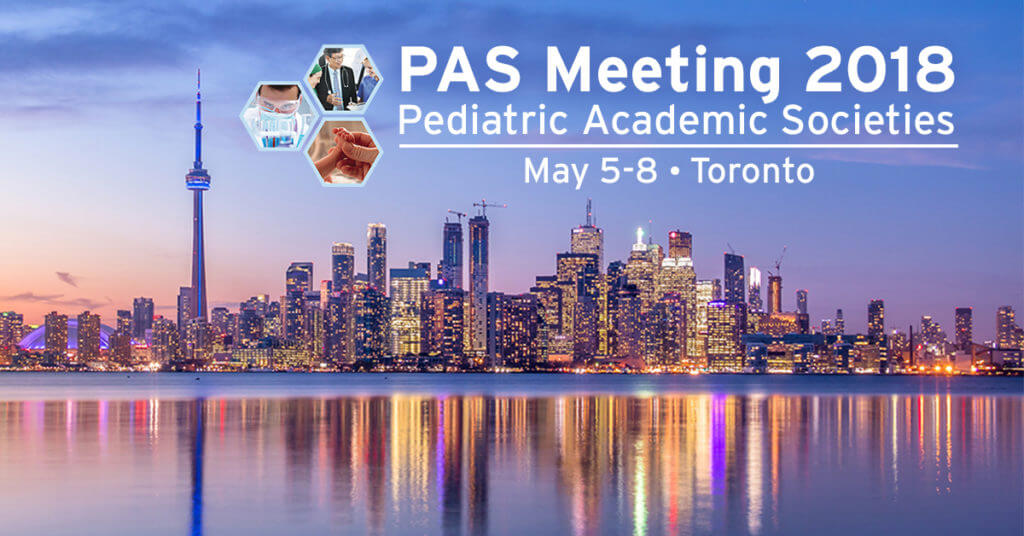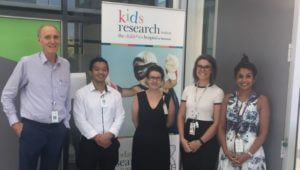
Q: Could you tell us about yourself (background, areas of interest, expertise, etc.)?
A: I’ve been a pediatric researcher and innovator for nearly 30 years overseeing basic, clinical, and translational research programs. I’ve been funded by an array of sponsors (e.g. the National Institutes of Health, World Health Organization, Centers for Diseases Control and Prevention, National Endowment for the Arts) and have had the opportunity to conduct research in over a dozen countries across 4 continents. But no matter the location or sponsor, the focus of my research has always centered on improving the health of underserved and underrepresented populations.
Q:What PTN studies are you currently involved with? What are you hoping to learn from the study/studies?
A: I’m currently providing oversight for two studies as part of the PTN Diversity Metrics group. The first is a project examining the changes that get introduced to study protocols over their lifetime in hopes of understanding the extent to which patient burden is added or alleviated by sponsors and regulators. The second study is similarly themed and explores the extent to which investigators and participant families share perceptions of the burden carried by a study and its related protocol elements.
Q: Can you recall an especially impactful encounter with a participant and/or family of a participant?
A: As a clinician caring for the patients I engage in research, there are more poignant interactions than I can count. However, our recent implementation research has been particularly rewarding. We are developing solutions that empower parents and community health workers to improve the health and wellbeing of children in their homes and villages. Not only have we observed a measurable impact on child health, but we’ve heard directly from families about how meaningful these tools have been to them. It’s easy to forget that almost half of the world’s population doesn’t have access to basic health services so developing practical and sustainable solutions to address these gaps is incredibly satisfying.
Q: Why is the work of PTN important to you?
A: Any effort made to ensure the judicious use of medications in children should be lauded. However, what sets the PTN apart is their focus on medicines that might otherwise fail to receive the attention of researchers and their commitment to ensuring that the information garnered finds its way into the product label. It’s not just about conducting research and sending the results into the ether, but about working hard with regulatory colleagues to guarantee meaningful dissemination and application of the findings.
Q: What goals do you hope to achieve through your PTN-related work?
A: Through my current work with the PTN, I hope to remind pediatric researchers that the single most important partners we have are the patients, families, and communities we serve. They are an asset that we cannot undervalue, and we should strive to be purposeful in protecting this asset as we design and execute pediatric clinical trials.





 “Unfortunately, there are no drugs currently proven to reduce death during this period. However, digoxin represents a promising drug to reduce mortality and is routinely used in this population,” said Dr. Karan Kumar, a PTN faculty member contributing to the digoxin study.
“Unfortunately, there are no drugs currently proven to reduce death during this period. However, digoxin represents a promising drug to reduce mortality and is routinely used in this population,” said Dr. Karan Kumar, a PTN faculty member contributing to the digoxin study.




